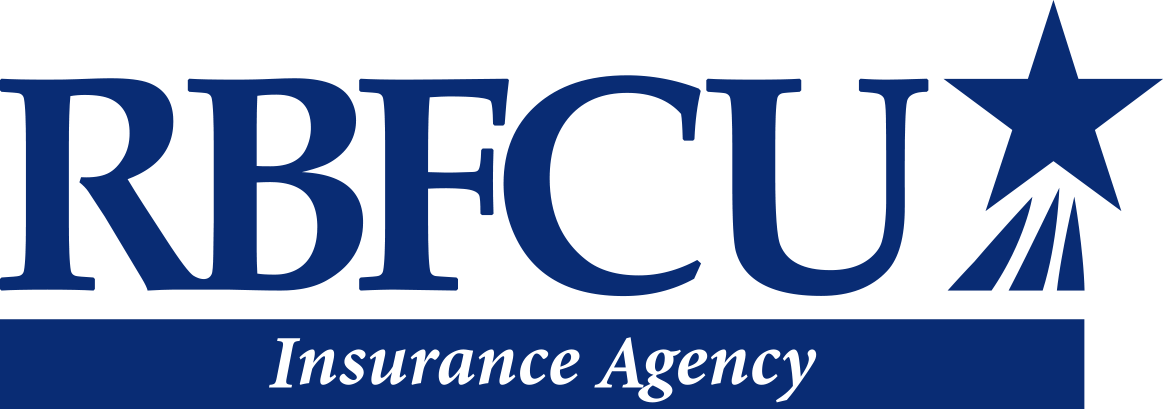Homeowners Insurance and Your New Home
Shopping for a new home is exciting! Your ideal place may include a certain number of bedrooms, a specific kind of kitchen or a convenient location. But there’s an invisible factor that can shape the long-term enjoyment — and affordability — of your new home: homeowners insurance.

Many factors can determine how much you’ll pay each year to protect your home from damage and loss. Since most lenders require insurance to obtain a mortgage, it’s worth considering the costs upfront.
Understanding how homeowners insurance is priced and what it covers can help you choose your next home wisely. Let’s look at what you need to know about homeowners insurance.
How much does homeowners insurance cost?
Every home has its own characteristics that affect the premium set by insurers. There’s no one answer to how much homeowners insurance may cost because policies are specific to each home and rates can vary depending on many factors, including:
- The size and location of the home
- The home’s structure and the type of materials used to build it
- Distinctive features the home may include (e.g., fireplace, shed or garage)
- Potential risk factors (e.g., a security system or swimming pool)
When it comes to the home’s location, it’s not just about the neighborhood. Owning a home in the Lone Star State comes with a higher rate. Due to the size of Texas, the state’s varied geographic regions, its location on the Gulf of Mexico and overall weather patterns, Texas ranks among the top five states1 with the highest home insurance rates.
Separately, continued inflation and increasing building and labor expenses indicate that premiums will continue to rise. To be prepared, your homebuying budget should include the rough estimate of insurance premiums now — plus a buffer in case your rates increase later.
What does a typical homeowners policy cover?
It’s important to understand what you’re buying when you purchase an insurance policy. Different types of coverage2 are usually included in a homeowners policy, according to the Texas Department of Insurance (TDI).
Most people are familiar with dwelling and personal property coverage. Additionally, if your home or your belongings are damaged or lost to a threat that is covered (such as fire or theft), your policy will pay. Other structures on your property, like fences and sheds, are generally covered as well.
If your home is destroyed or damaged heavily by a covered cause, your policy’s additional living expenses coverage may pay for temporary rent and other costs associated with living elsewhere while your home is repaired.
Homeowners policies also protect people on your property. Should someone become injured at your home, your insurance will typically cover their medical bills, and may pay their lost wages if the situation meets certain criteria. Likewise, if you accidentally damage someone else’s property,3 your policy may cover those expenses as well.
What doesn’t a typical homeowners policy cover?
According to TDI, not everything that can damage your home is covered. You may need to purchase additional coverage to protect your property from:
- Storm damage to trees, shrubs and other landscaping
- Earthquakes
- Damage from pests, including termites
- Windstorms (if you live in a hurricane zone)
Take note: Damage from naturally occurring floods is not covered under a homeowners policy. If your home is located in a flood zone, your lender may require you to buy a particular type of coverage, known as a flood policy. This policy is separate from your homeowners insurance and covers damage from flooding caused by weather and natural disasters.
Flooding caused by plumbing issues — like a burst pipe in your home — is typically covered by homeowners insurance, however.
» Tip: Even if your home isn’t in a flood zone, you may want to purchase flood coverage since virtually any area can flood under the wrong circumstances. The National Flood Insurance Program notes that, since 1996, nearly all counties in the U.S. (99%) have experienced flooding.4
How to save money on homeowners insurance
Insurance coverage is there to protect you when you need it, so you want to be sure your coverage is adequate — and affordable. Because homeowners insurance is a fairly large expense for most families, it’s a good idea to look for ways to save money on the coverage you need.
The biggest potential savings may come from choosing a new property that’s outside of higher-risk areas. For example, a home on a riverbank or a beachfront property will likely cost more to insure than a similar house located on higher ground or away from a flood zone.
In fact, in some high-risk areas such as the Texas Gulf Coast, it’s increasingly difficult to obtain any form of coverage at all, which could impact your ability to obtain a mortgage loan on some real estate purchases. Paying cash? You could be at risk for losing your entire investment without coverage.
The condition of your home also matters for insurance premium pricing. According to TDI, insurers tend to charge less to cover newer houses, homes with no claims in the previous three years, and those that are in top shape. If you have a choice between similar properties, you may be able to save by picking the newer one or the one that’s had fewer claims in the past.
Homes with monitored detection systems for fire and break-ins, sprinkler systems for fire, and hail-resistant roofing may also qualify for insurer discounts.
Another way to lower your premium is to select a higher deductible. This can be a good strategy if you’re able to keep the deductible amount in a savings account or other emergency fund.
Lastly, many insurers also offer bundling discounts for customers who have more than one policy with them, such as home and auto.
» Tip: In the face of rising costs and challenges to obtaining insurance in high-risk areas, some homeowners are increasingly taking the gamble5 to forgo home policies altogether. As your biggest financial investment, going without home insurance coverage has the potential to result in significant financial loss. Tread carefully.
The takeaway
Homeowners insurance is a vital component for any new home purchase, as it provides you with peace of mind that your investment is protected. At the same time, understanding what a policy covers is key. A knowledgeable insurance agent can answer your questions about the kind of coverage you’ll need for your next home. They can also help you identify discounts and other savings opportunities to reduce the impact of your premium on your budget.
Wondering how you can save on homeowners insurance? RBFCU Insurance Agency can help you compare options from multiple carriers and explore policy bundling options. Request an online quote today.





.jpg?sfvrsn=b6afb2a8_4)